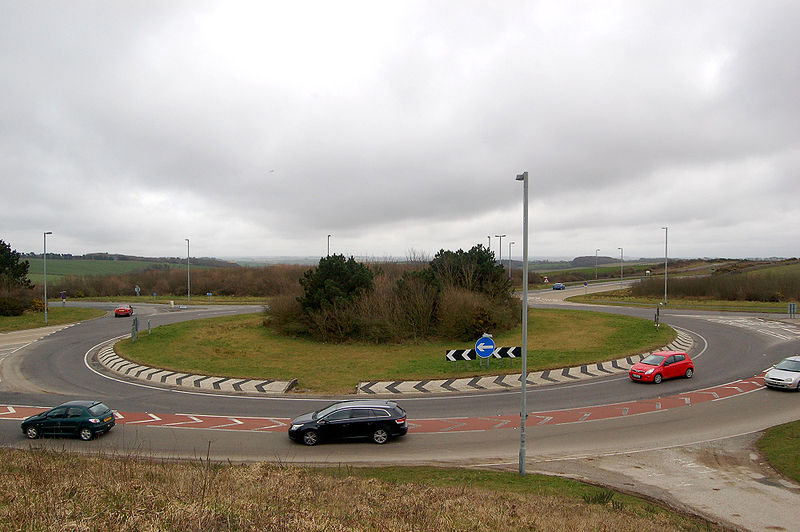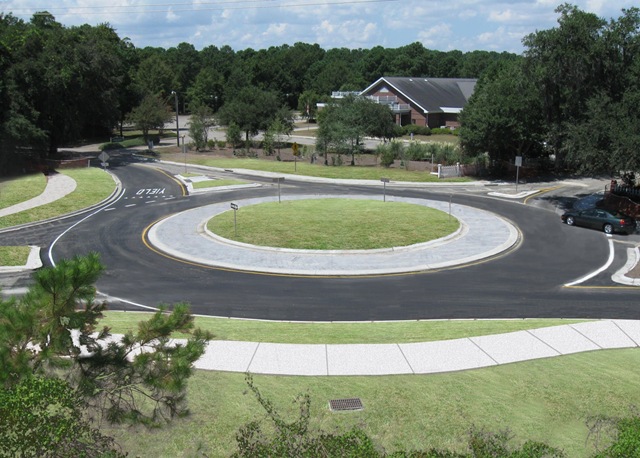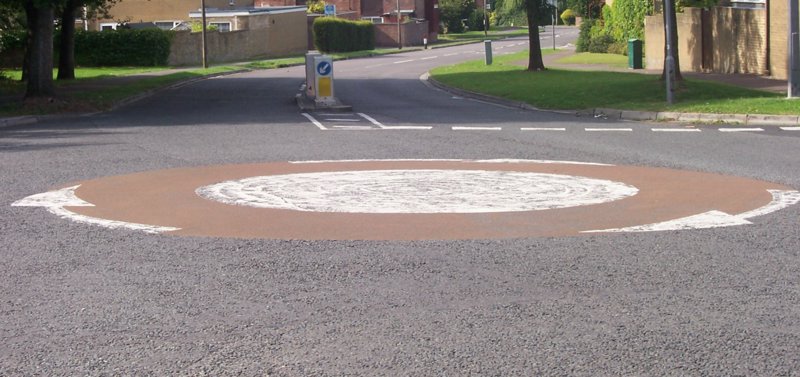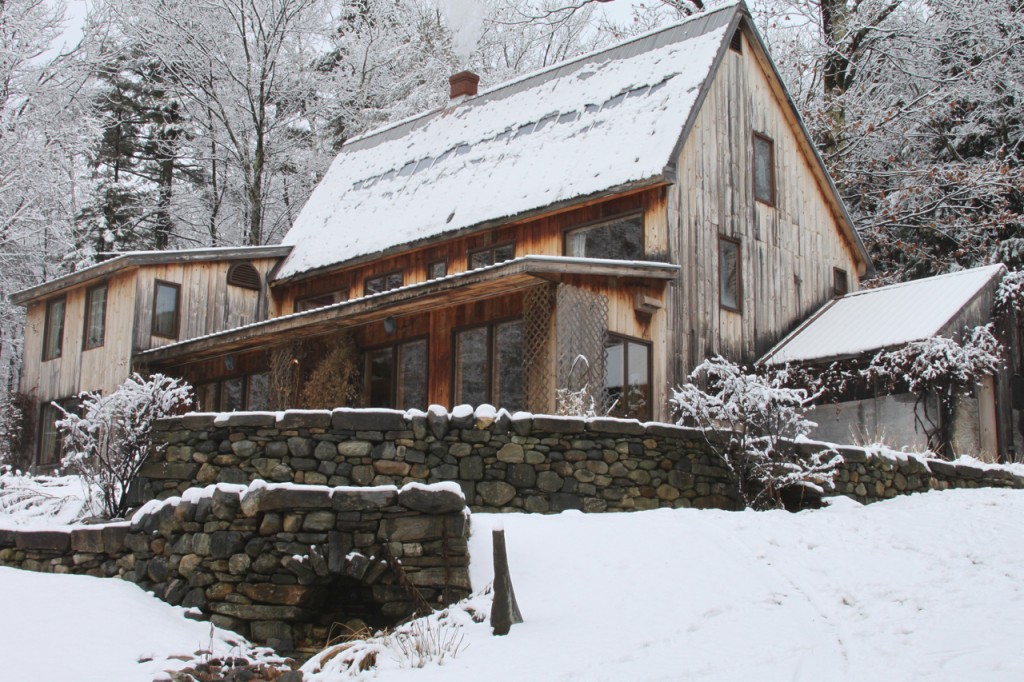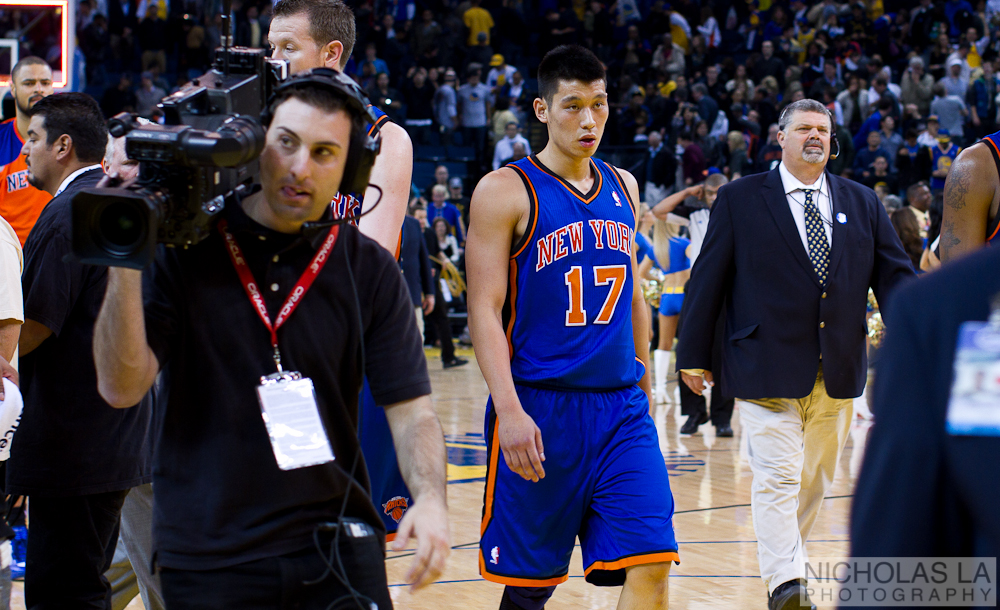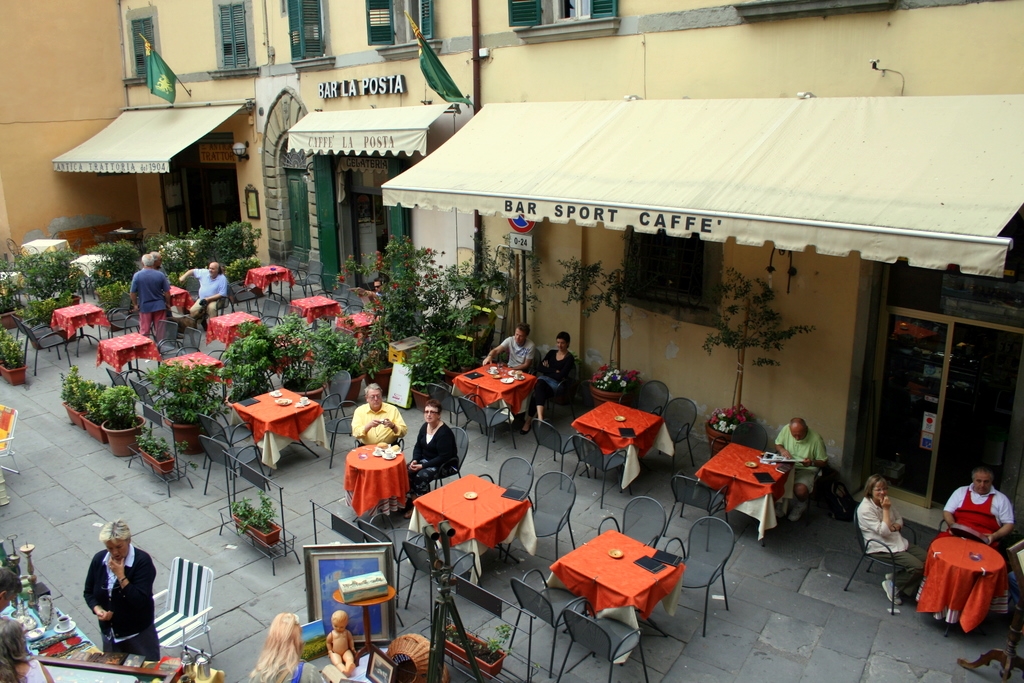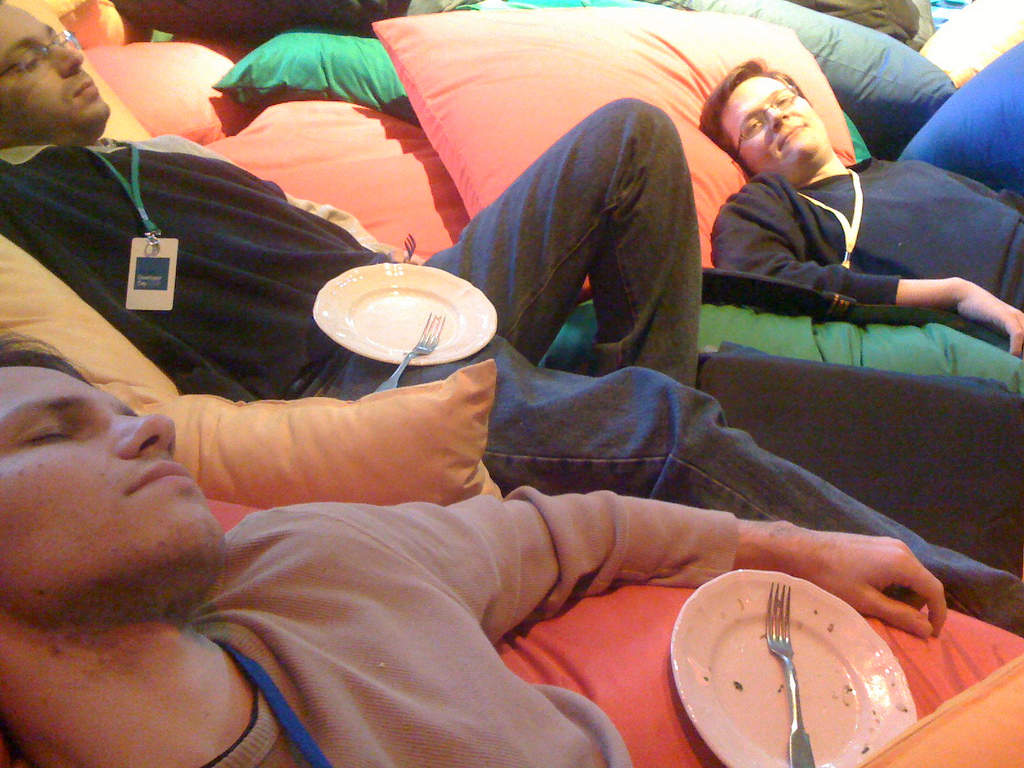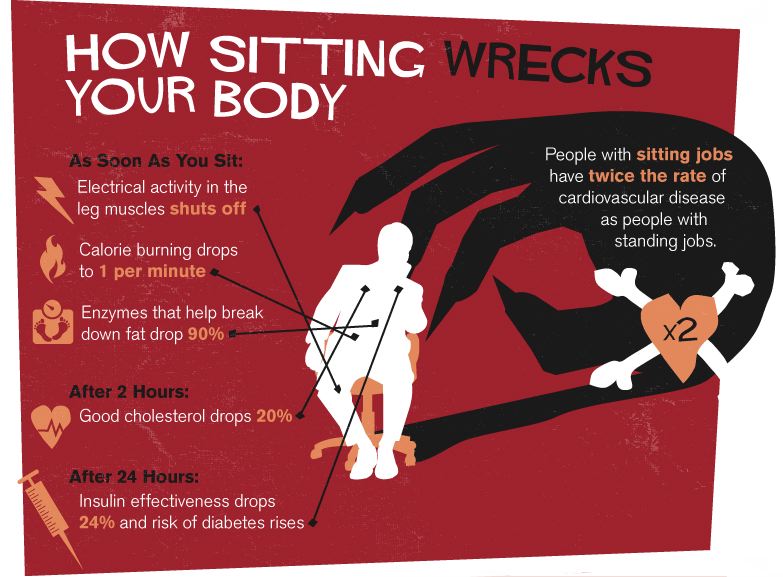The Solution Room—a powerful conference session
There’s been a lot of interest in The Solution Room, a session that I co-facilitated last July at Meeting Professionals International World Education Congress in Orlando, Florida. It is one of the most popular sessions I’ve facilitated at conferences this year. So here’s some information about the session…oh, and don’t miss the two-minute video of participant testimonials at the end of this post!
History of The Solution Room
Ruud Janssen explains that the original concept was co-created onsite at Meeting Professionals International’s 2011 European Meetings & Events Conference by Linda Pereira, Miranda Ioannou, Midori Connolly, Robert Benninga, Mike van der Vijver, Simon Bucknall, David Bancroft Turner, and Ruud himself. Ruud produced a short video of the original session, as well as a longer video of participant testimonials.
Minimum resources
- A facilitator trained in running The Solution Room.
- Enough round tables seating 6-8 people for every participant to have a seat.
- Flip chart paper that completely covers the tables, a plenty of colored markers at each table
- Sufficient clear space in the room to hold a one-dimensional human spectrogram for all participants
Brief description
The Solution Room is a powerful conference session, which not only engages and connects attendees but also provides peer-supported advice on their most pressing problems. It typically lasts between 90-120 minutes and can handle hundreds of participants. A session of 20 or more people starts with a short introduction followed by a human spectrogram that demonstrates the amount of experience available in the room. Participants are then given some time to think of a challenge for which they would like to receive peer advice. A second human spectrogram then maps participants’ comfort levels.
Next, the facilitator divides participants into small groups of 6-8 people. Each group shares a round table covered with flip chart paper and plenty of colored markers. The group members individually mindmap their problem on the paper in front of them. Each participant then gets a fixed time to explain their challenge to their table peers and receive advice and support.
Finally, there’s a public group evaluation. Two human spectrograms map the shift in comfort level of all the participants and the likelihood that participants will try to change what they’ve just shared.
A two-minute video of testimonials from my Solution Room session at the 2011 Meeting Professionals International World Education Conference in Orlando, Florida
Photo attribution: Flickr user tnoc

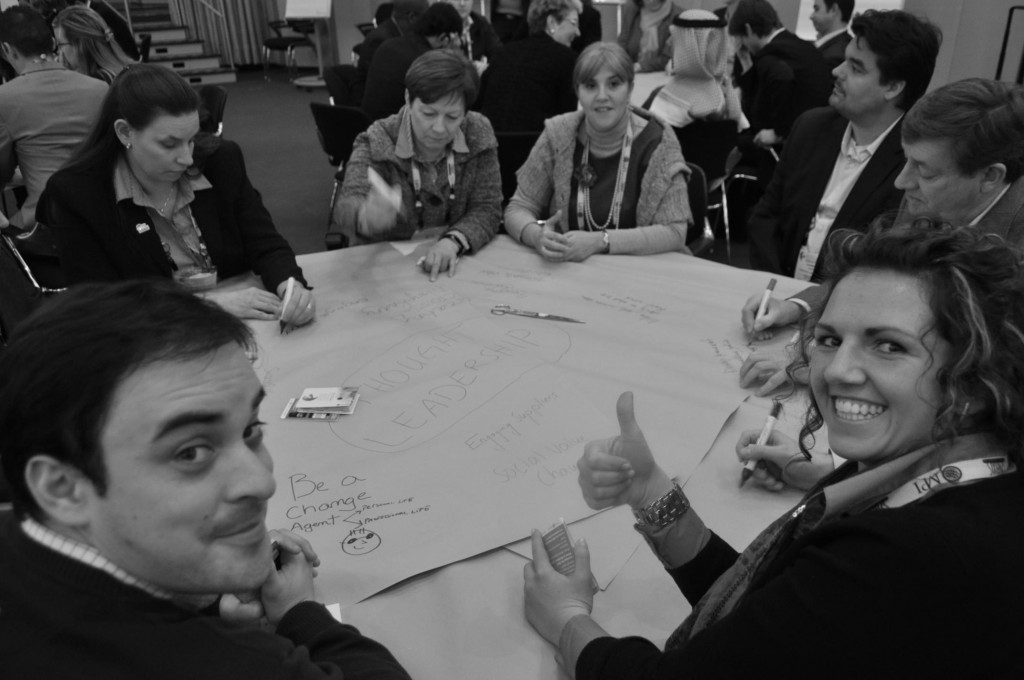

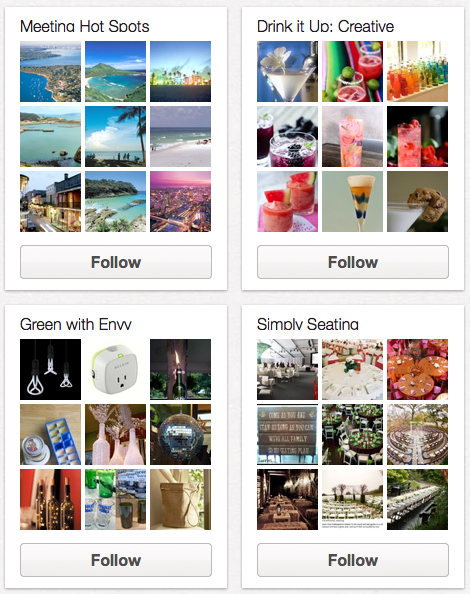
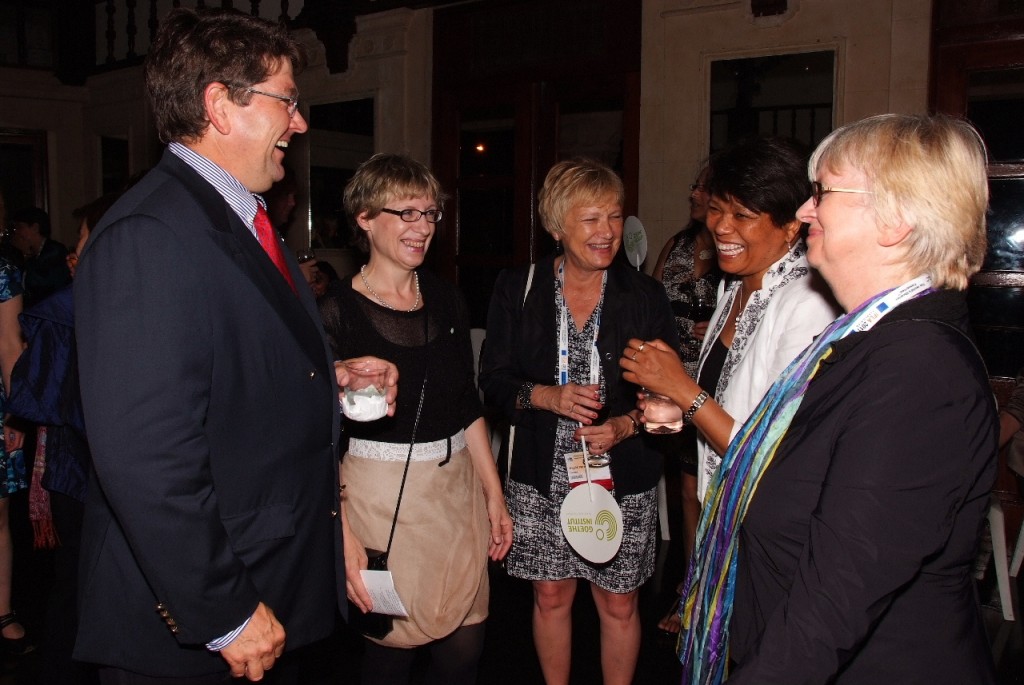 We know that the two main reasons people attend conferences are to learn and connect with others. Traditional conferences provide little or no session support for the latter. Instead, they assume that one or two social events provide a good environment for attendees to meet interesting new people. Socials at conferences are assumed to fulfill this function.
We know that the two main reasons people attend conferences are to learn and connect with others. Traditional conferences provide little or no session support for the latter. Instead, they assume that one or two social events provide a good environment for attendees to meet interesting new people. Socials at conferences are assumed to fulfill this function.
